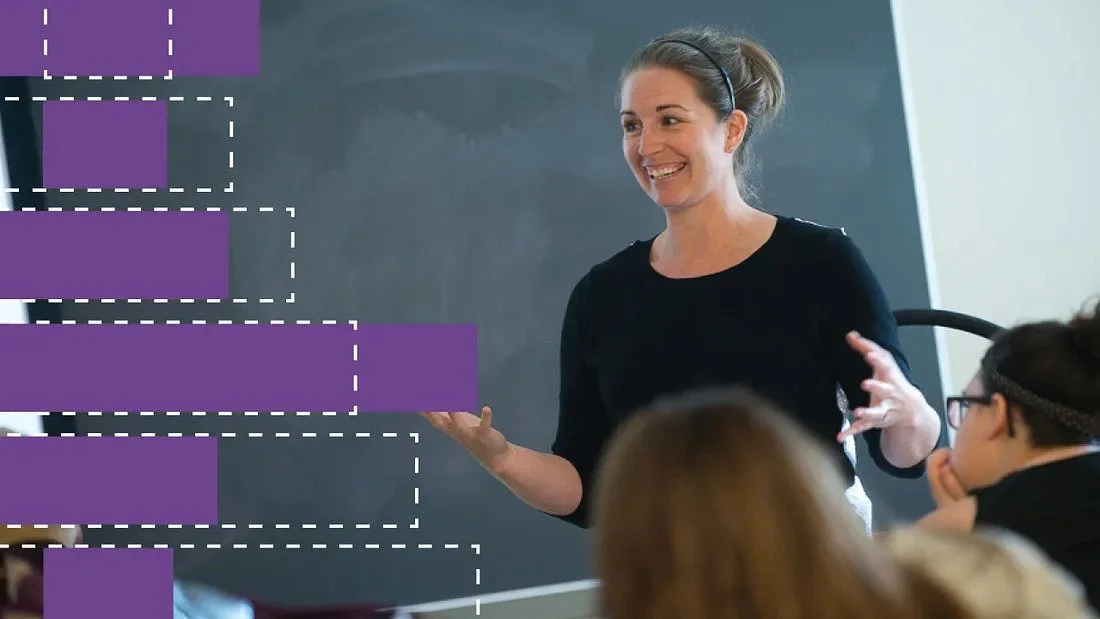Empowering Faculty through Meaningful Assessment
Without faculty providing it, assessment data does not exist on campus. Given their importance to the assessment process, it is essential that faculty not only understand why we choose to assess student learning, but also how they can benefit from their own assessment efforts. With stronger faculty buy-in, assessment efforts are more meaningful and powerful.
Teaching
Assessment data can be used by faculty to demonstrate their effectiveness as instructors. From identifying material students seem to be struggling with to determining if assessment techniques are accurately portraying student learning, engaging with assessment data can help faculty become better instructors. Faculty should be rewarded for identifying areas they could improve and making changes to do so.
Research
Given the rise in popularity of the scholarship of teaching and learning, faculty can use assessment data to publish peer-reviewed articles that not only count toward their own research record but also help develop the pedagogy of their discipline. Departments and campuses should welcome faculty engagement in such applied pedagogical research.
Service
Overseeing assessment activities at any level of an institution should be identified as service at the appropriate level. Beyond serving on any formal assessment committee, the energy that goes into managing integrated assessment efforts should result in faculty receiving credit for helping to create and maintain the assessment culture on their campus.
Program Effectiveness
When faculty come together and examine assessment data, they can work to assure their programs are designed to maximize the potential for students to master anticipated skills and content. Whether looking at the efficacy of course sequencing or determining if outcomes are emphasized appropriately across the curriculum, assessment data allows us to make data-informed decision regarding our academic programs.
Student Success
At the most granular level, assessment data can help us position individual students to be as successful as possible on campus. By knowing how student outcomes achievement corresponds with graduation rates or performance in subsequent courses, faculty can design interventions and programming to help keep students on track to graduate and find successful careers.






